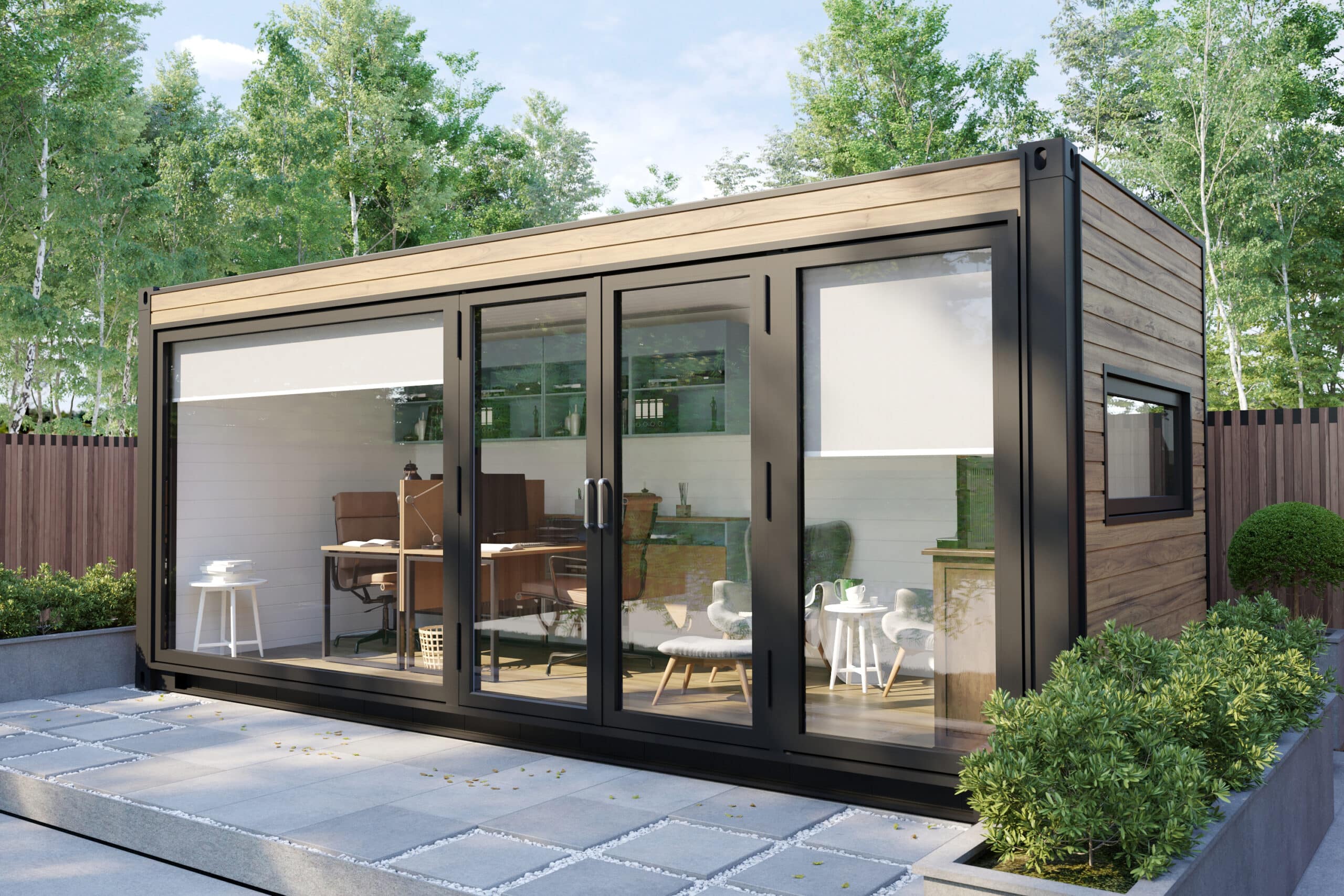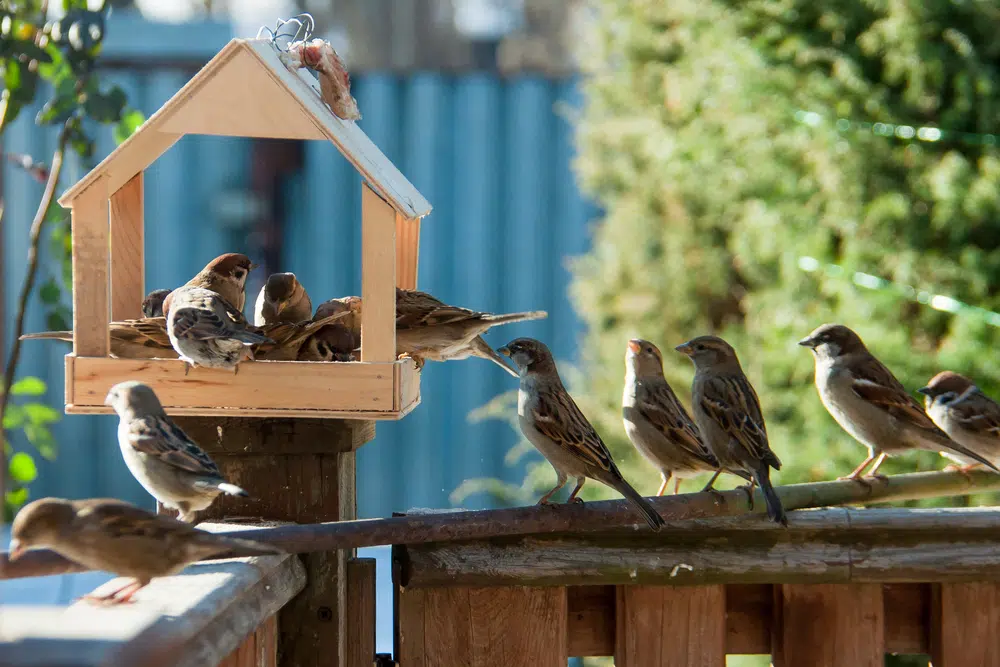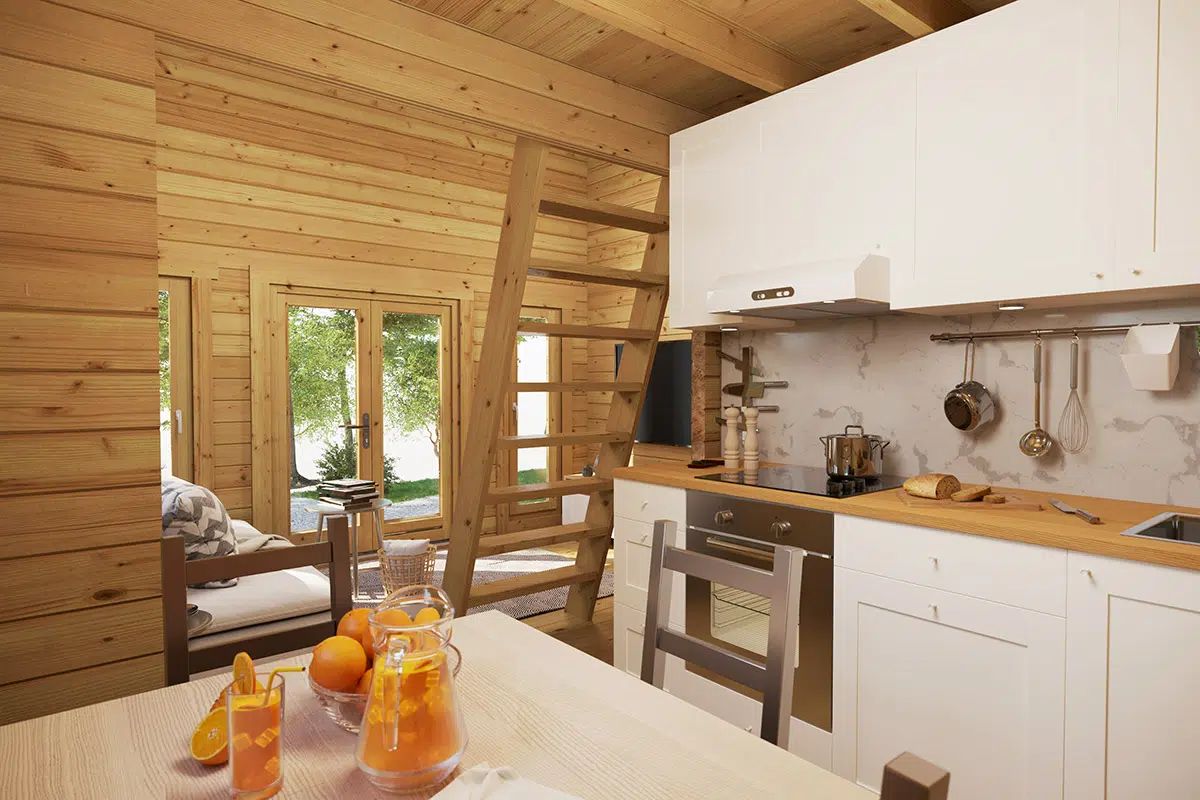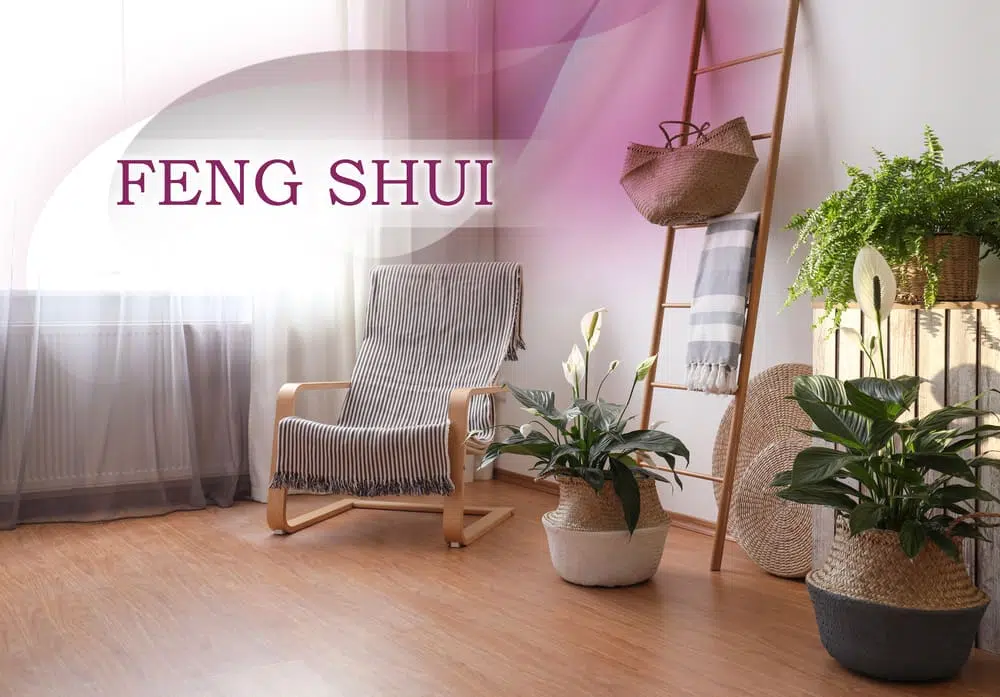Heating Your Summer House – Options for The Colder Season
03.09.2017
Summer houses gained popularity with the rise of garden centres and DIY stores in the 1980s and have continued to become more and more popular ever since. Garden buildings serve a wide variety of uses as a studio for writing, painting of crafting, a garden office, a gardening hub, a permanently inhabited extension of the living space, storage space, workshop or simply a place to be used for fun, relaxation and enjoy leisure time in the garden.
Coming in many shapes from rectangular to octagonal with a terrace or without and with a broad variety of roof shapes, garden summer houses often provide a picturesque focal point tucked away at the end of your lawn and give your garden this perfect country look, that you enjoy with every view out the window.
However, with the evolution of usages from the simple gardening hub to more elaborate uses the need arose to make summer houses cosy and welcoming all year-round, so we put together some options for heating with their pros and cons and specific requirements for you.
Using electrical power as energy source
This is a very popular option for summer houses because it does not require any changes in the wooden building itself. There is no smoke, no need for oxygen or burning material supply, no safety precautions just an electrical socket will do. Also, for workshops with lots of saw dust and alike, it might be an advantage that they have no exposed flammable heating elements. There are some options available:
Electric oil filled radiators are often recommended for quick, effective and affordable heating. They heat up oil which then serves as a heat retainer. So they tend to give off the heat a long time after the initial heating phase. They are mostly free-standing, so they can be placed where ever it suits you best, but without the option of hanging them on the walls they will take up some floor space, which might be a rather a con in a small summer house. They can be regulated by thermostats and timers.
Electric convection heaters are also popular. They heat up the air quickly and come free-standing as well as wall mounted. A wide range of suppliers offer a broad choice. Of course, as with all the electrical options, they are also controlled by thermostats and timers.
Electric radiators are wall mounted. They look a bit like a radiator at the main house with a central heating, but they run on electricity.
Infrared mainly just produce infrared radiation which will heat the person, but not the air. However, with everything or everybody inside the radiating field heating up they indirectly heat the air, too. They can be used economically even without pre-heating if you sit or work in the right area.
Fan heaters are quick and heat the air nicely so that staying in the summer house will be possible without any pre-heating period.
Electrical fireplaces combine the easy and safe handling of electrical heating with an optic resembling a real fireplace.
Electric underfloor heating is, as any other underfloor heating, perfectly well suitable for a summer house. However, Ideally the floor would need a suitable build up usually with materials like tiles on screed plates, concrete or stone, but wood is also possible and electrical underfloor heatings can even be laid below carpets. The feet being always the first body parts to feel the cold, an underfloor heating surely is a comfortable option.
Using the heating in the main house for the summer house
Whatever heating you already have in the main house: If the summer house is not too far away from the main house there may be options to use this for the heating of the summer house.
For example: If you have a gas or oil heating in the main house, it might be possible to extend the fuel supply to the summer house to install a similar (but smaller) burner there.
If you have a central heating using warm water radiators, you could extend a well insulated warm water pipe to the summer house. If there is a lot of temperature loss on the way it might still be enough temperature left to run an underfloor-heating in the summer house which runs on lower temperatures anyway.
Of course, this works also for wood burners: If you have a fireplace or a stove in the main house a smaller version would also work for the summer house and you could use the same storage place for the firewood.
Burners
For the real wooden log cabin style, there is, of course, no better option than to use a wood burner in your summer house. Be it a small pot-belly stove, a small yacht heater, well suitable for smaller summer houses, a stove with a glass door through which you can watch the flames, or even an open fireplace – burning wood gives the right feeling, smell, and atmosphere for any wooden summer house. They look fantastic in a timber cabin, and, of course, they perform well, too. Maybe even too good. So, if you finally decide for this option be aware that the summer house has a confined space. A stove with a capacity of around 2 kW is probably enough for a medium spaced summer house.
However, with all burners there are security aspects to be taken into account:
- Check if you live in a smoke control area. In this case, you will need an approved ‘clean burn’ stove.
- Be aware of the height of your flue, the main wind direction, and your neighbour’s houses. They cannot be expected to breathe in the smoke from your burner all the time.
- It is advisable to install a carbon monoxide alarm
- The stove should be HETAS registered and you might install it with the help of a HETAS engineer to ensure that all safety precautions are met properly.
- Installation of a burner could affect your planning permission
Gas would be a good option for the summer house if the main house runs on gas and bottled gas would be a good idea for summer houses with no electricity. With no flue, you will not only need some degree of ventilation to ensure oxygen supply, but also because these burners can cause a build-up of water vapour as a result of the burning process. Also, the gas bottle may be a bit bulky. A special form are focal point fires that come in many designs and can be used as an aesthetic accessory and a heater.
Oil burners or waste-oil burners are quite effective, but not everybody likes the smell of oil which inevitably fills the room after refuelling. They may be an inexpensive alternative, though. Although the storage of the oil requires some thought also for the environment. So they are probably best suited if there is an oil tank already in the main house.
Heat pumps
Hot/Cold air conditionings can do both: Heat up and cool down. Probably they are a good choice if your summer house is out in the open sun where it regularly overheats during the summer. A con would be the noise, especially if mounted on wooden walls.
Geothermal heat pumps extract the heat from the ground. They are often used in zero-energy houses in connection with solar panels. The technology gets more affordable every day and might be a good and clean alternative.
Solar
Solar heat is so easy that it is often a target of DIY efforts as you just require some tubes mounted over a dark background on the roof to gain heated water which can then be pumped through radiators or be stored in hot water storage systems that might also support hot household water for showers or washing. When the sun is not that intense, it is simply used to pre-warm water feeding into a conventional boiler. There are small systems available usually working with a single radiator well suited for a summer house.
A pro is the clean energy source and a con is that the sun usually shines the least when heating is needed most.
Insulation
An effective insulation is of course the key to keeping the costs for heating low. It is a one-time effort, but it will have a lasting effect on your energy bill. We have described an easy method of insulating a summer house for you to follow. The windows should be at least double-glazed and should face to the south. If you have a larger roof overhang above the windows it will allow the low winter sun in, but shade them from the high summer sun.
Roofs and floors have to be insulated, too. Green roofs can be a nice ecological alternative with good insulating properties. Needless to mention that your chosen wall thickness will have a major impact on the insulation value. While some think that a wall of 44mm timber will not need any further insulation, we would still recommend additional insulation even with 70mm walls, just to enjoy the comfort of using your summer house all year round with very small energy costs.
Categories:
Useful TipsWant to discuss over phone. Let us call back to you
If you need any additional info regarding any product, please fill in the below form and we will get back to you, usually the same or next working day.
Have any questions regarding some product?
If you need any additional info regarding any product, please send us your questions.




